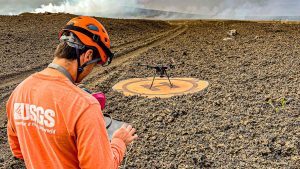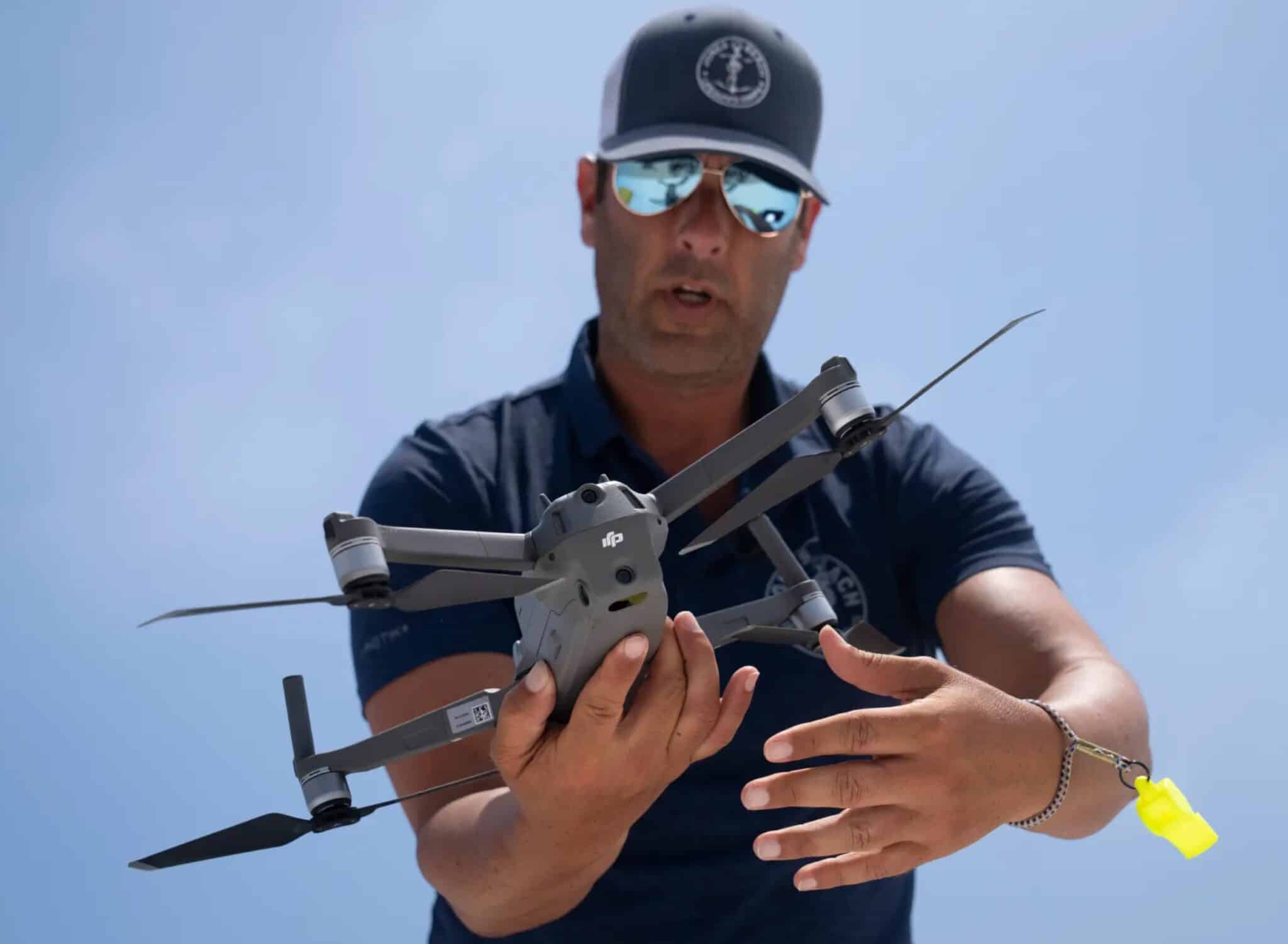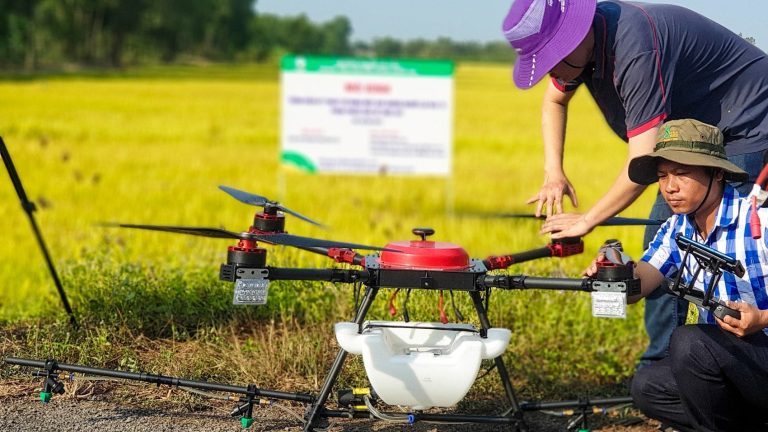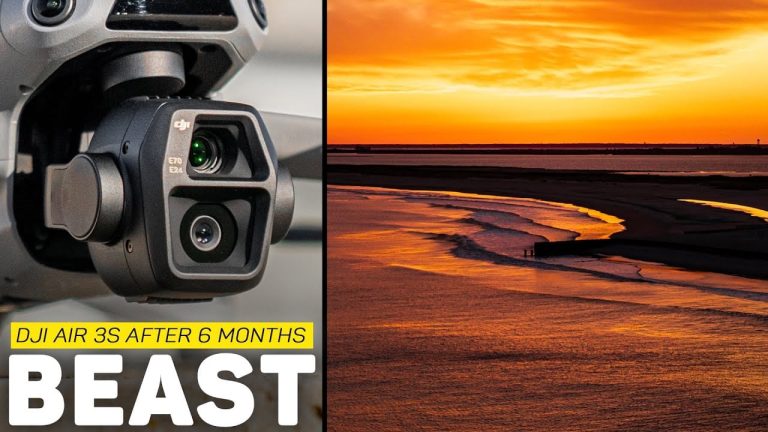A New Era of Beach Safety
This summer, beachgoers at Coney Island may experience a modern twist on traditional lifeguard rescues. Mayor Eric Adams, embracing his enthusiasm for technology, has announced the deployment of drones equipped with inflatable rafts as part of a pilot program aimed at enhancing beach safety, reports The NY Times. These drones represent the latest effort by the city to mitigate the dangers faced by swimmers, particularly those who venture into the water when lifeguards are not on duty.
The Need for Innovation
Coney Island, along with other public beaches in New York City, attracts large numbers of visitors every summer, many of whom lack swimming proficiency. The city’s beaches, while a welcome escape from the urban heat, are also sites of potential peril due to strong riptides and the occasional shortage of lifeguards. Tragically, drownings are a recurring issue, with several incidents in recent years highlighting the need for improved safety measures.
Drones as Lifesavers
The initiative to use drones is part of Mayor Adams’s broader agenda to incorporate technology into city services. These drones will be capable of delivering flotation devices to swimmers in distress, potentially saving lives by providing immediate assistance. Moreover, equipped with powerful speakers, the drones will enable operators to guide both swimmers and lifeguards during rescue operations, offering a “eyes in the sky” perspective that could make the difference in critical moments.
Kaz Daughtry, Deputy Commissioner of Operations for the NYPD, showcased the drones’ capabilities, emphasizing their potential to quickly deploy life-saving equipment. The move has been described as a logical step forward, building on the current use of drones for shark surveillance at city beaches.
Addressing Challenges and Concerns
Despite the promising aspects of this technology, there are voices of caution. Critics point out the irreplaceable value of human lifeguards and express concerns over privacy implications. Lifeguard unions, while supportive of measures to enhance safety, stress the importance of improving working conditions and compensation to address staffing shortages. Privacy advocates, meanwhile, worry about the potential for surveillance misuse, underscoring the need for clear guidelines on drone usage beyond rescue operations.
The Human Element Remains Essential
Experts in water safety, including veteran lifeguards, acknowledge the potential benefits of drones but insist that technology should complement, not replace, human oversight. Lifeguards possess the unique skills necessary to identify and rescue drowning swimmers, a nuanced task that technology alone cannot fulfill. As such, while drones offer a promising supplement to beach safety efforts, the expertise and judgment of trained lifeguards remain indispensable.
A Balanced Approach to Beach Safety
As New York City prepares to introduce drones at Coney Island and possibly beyond, the initiative represents a forward-thinking approach to public safety. However, it also highlights the ongoing need to balance technological innovation with the human touch that is critical in life-and-death situations. By combining the strengths of both, the city hopes to create safer beach environments for all its residents and visitors, ensuring that the joys of summer are not overshadowed by preventable tragedies.
















+ There are no comments
Add yours